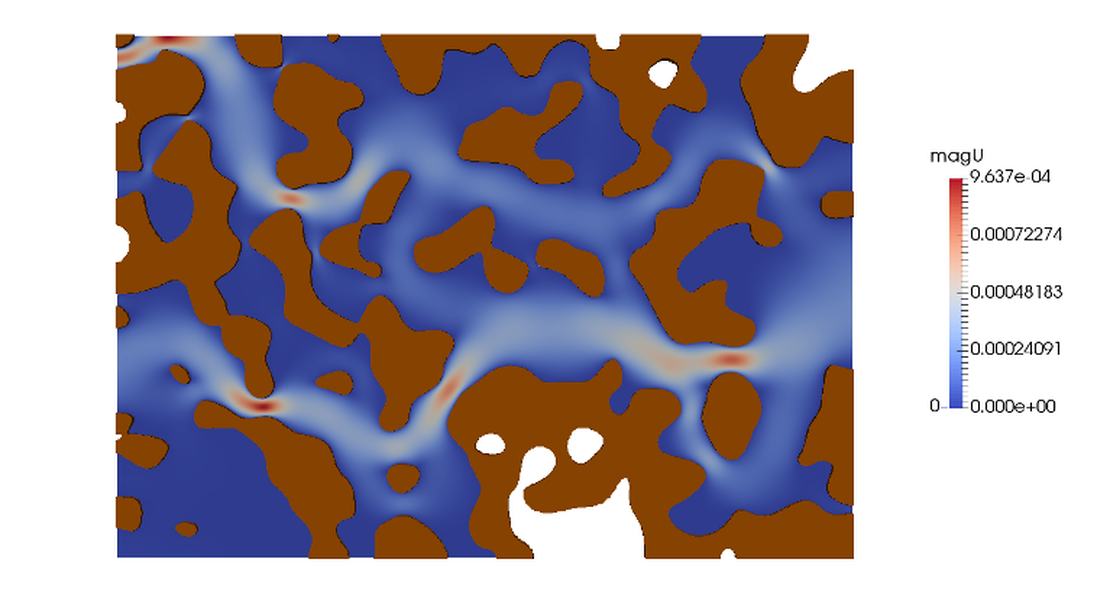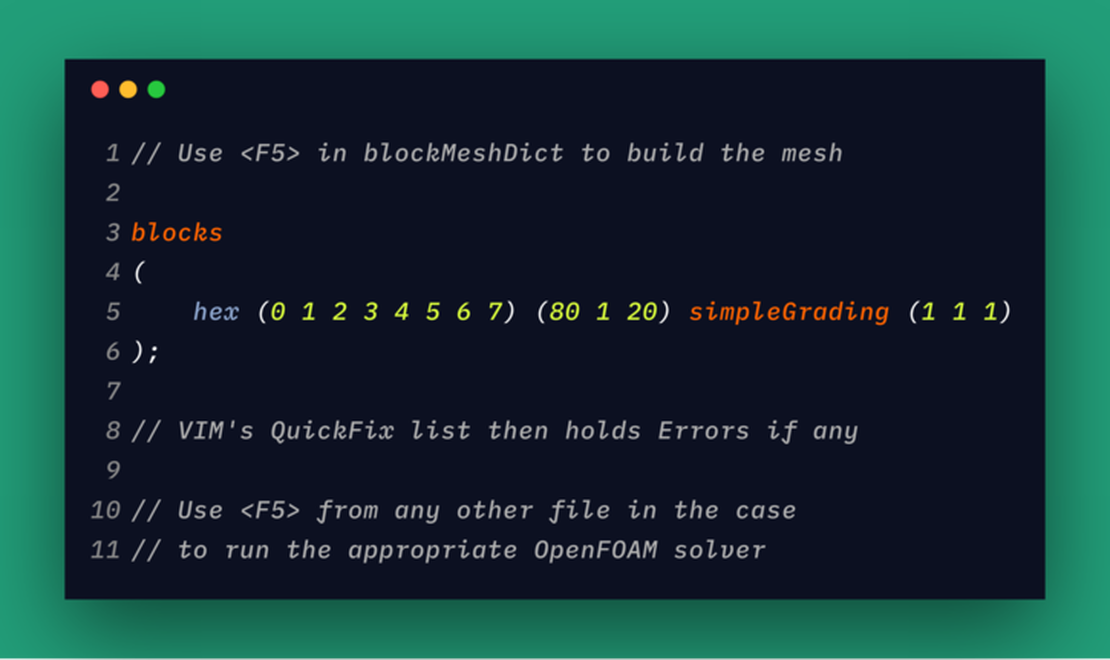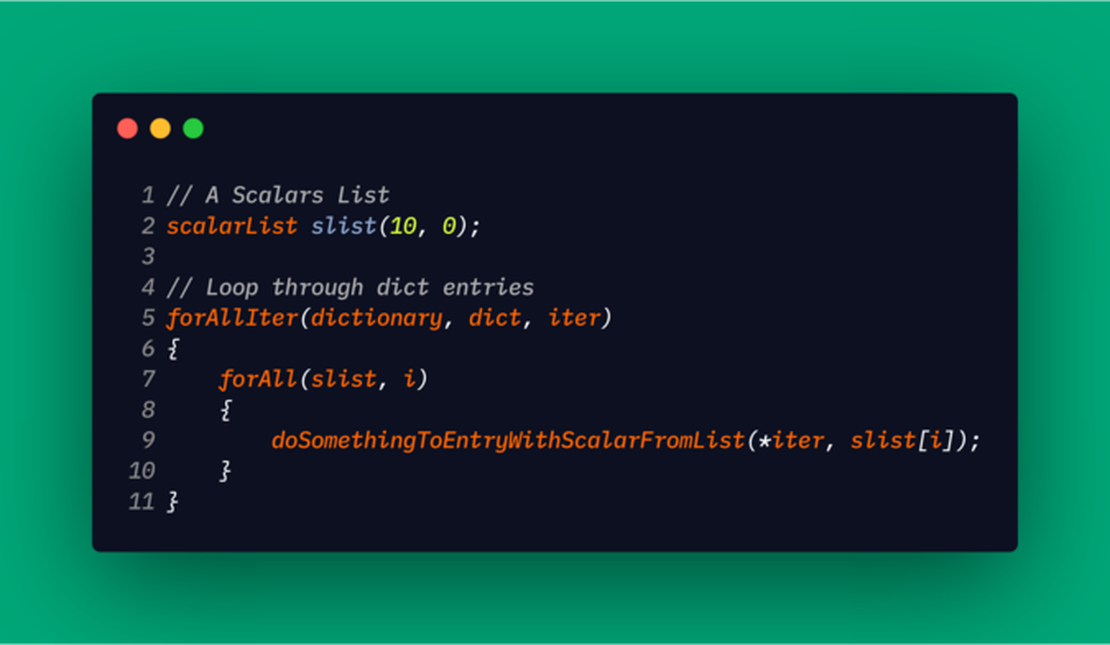
Permeability Simulation with OPENFOAM and OPENPNM
- Mohammed Elwardi Fadeli
- Porous medium
- January 2, 2018
Permeability and Filtration coefficients are some must-know factors for oil/gas reservoir management and optimization. OpenFOAM and Network-based software (OpenPNM for example) are our chosen open-source software toolkits for permeability simulation.
It’s hard to define an audience for this presentation, really. Anyone who wants to:
- Kill the time by learning about permeability of soils, or
- Prepare for a numerical simulation of permeability of soils
And understands the basics of:
- Flow through porous medium,
- OpenFOAM, or Python programming language,
- Image processing (we are using FIJI – Fiji Is Just ImageJ – ) Should be able to benefit from this presentation and related files (The way I presented it: Split it up to parts and give each part to the appropriate audience).
Abstract
One of the most important properties of hydrocarbon reservoirs is their capacity of passing fluids; ie, their permeability to fluids in question. The engineering knowledge have accumulated over the years to explain, optimize and use the behavior of reservoirs in this matter.
With a great focus on granular reservoirs, this presentation introduces key concepts regarding this interesting property of rocks, including the most effective way of comparing two reservoirs in respect to their permeability: The use of permeability coefficient; In addition, we’ve tried to present the most important factors affecting rock permeability, and how they affect it.
Based on these factors, several mathematical models -adhering to certain conditions- were formed; we’ve picked two well-known well-accepted models to feature: Kozeny-Carman (relatively simple porosity-permeability relationship); Happel-Brenner (more complex porosity-permeability relationship).
With their “very limited” porosity range, these models fail in predicting the permeability of many rock sample; especially if they require the determination of grain shape descriptors (sphericity, roundness … etc).
Thus, results from mathematical predictions are always treated with caution; The most accurate method to estimate permeability of a sample rock to a certain test fluid is to actually measure it (More precisely, calculate it from measured data). This paper features the most-common permeability tests methods (Principle: apply pressure gradients, measure the outgoing flow rate, and use Darcy’s law to determine permeability). We’ve also tried to show how field-based methods (Well tests and logs) are used to estimate permeability.
To formulate a better understanding of this concept, we’ve tried to use common simulation approaches to determine the permeability of a piece of porous material (a 2-D 1.024mm×0.728mm image generated with PoreSpy - a Python Library -):
- Directly simulate a viscous flow through medium’s pores using OpenFOAM (The most trusted method).
- Instead of real pore (complex) geometry, assemble the porous material to a network of spheres (pores) connected by cylinders (throats), and solve the flow there, using PpenPNM - also a Python Library -.
Downloads
Note
PDF files are meant to be opened with evince (don’t complain about animations if you use Adobe Reader); OpenFOAM cases are packaged in a ready-to-mesh-and-run state, and python scripts are meant to show the typical workflow - not to provide fully-featured applications.
- Presentation File
- OpenFOAM case (.7z)
- Python Stuff
- Latex Sources

